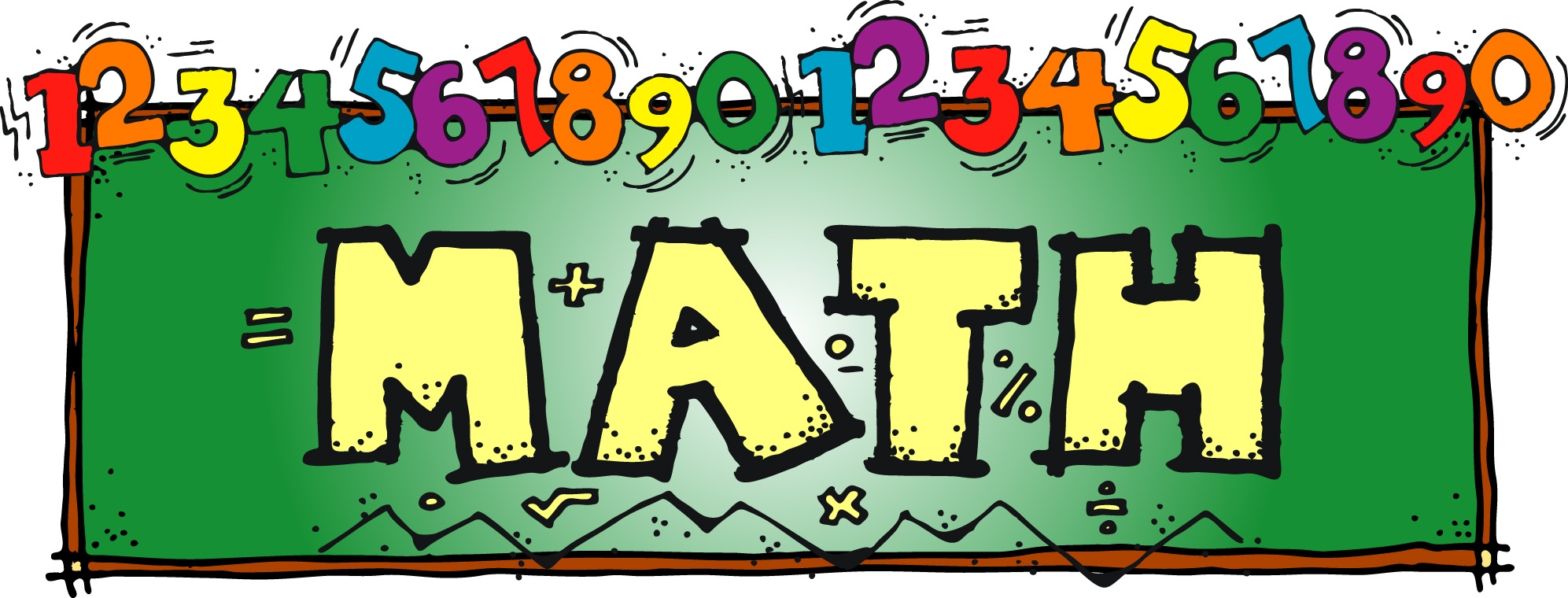Grade 1’s: Double Digit Addition
Try to do the worksheet below. We haven’t practiced math with double digits like this in a while, so it might take some practice to get back into it! There is one worksheet without regrouping (carrying the one) and there’s another with regrouping. If you aren’t ready for the second worksheet, then just stick with the first. If you do not have a printer, please don’t feel that you have to do all of them, feel free to pick and choose some to do on a blank sheet of paper.
Here are the videos showing how to do the math if you need to watch them:
Addition without Regrouping Video
Addition with Regrouping Video
Worksheets:
Double Digit Addition No Regrouping
Grade 2’s: Unknown Numbers
Today we are going to practice figuring out the missing number in an equation. For example, if I had this equation, 2 + ___ = 4, what would go in the missing space? We know that 2+2=4, so 2 must go in the missing space. These equations are just like normal equations, but are shown differently and the answer is given, while one of the numbers that had to be added or subtracted is missing!
Another example, _____ + 5= 15. For this question, I have to figure out what number goes in the missing space. If I don’t know the answer right away, I can practice with objects like pencil crayons. I would count out 15 pencil crayons, set aside 5 and see how many are in the other group. If I did this, I would see that 10 pencil crayons in one group plus 5 pencil crayons in another group equal 15.
A trick to use is this, if the question has addition or a plus sign, then I can use subtraction to figure out the missing number. For ____ + 5=15, I could switch it and do 15-5 which would equal 10.
You can also use drawings to help you. In the first picture, I wrote out the equation ____ + 5 = 15. Then I drew 15 dots or circles. We know that something (a mystery number) plus 5 equals 15. So I coloured in 5 of my circles in blue.
Then I looked at my picture to see how many were left. I could see that there were 10 remaining circles. So 5 blue circles + the 10 remaining circles which I coloured in red = 15.
This can be a really tricky concept in the beginning, so if you find it difficult don’t worry! Just keep practicing.
Here is the worksheet to try: Unknown Numbers Addition up to 20


